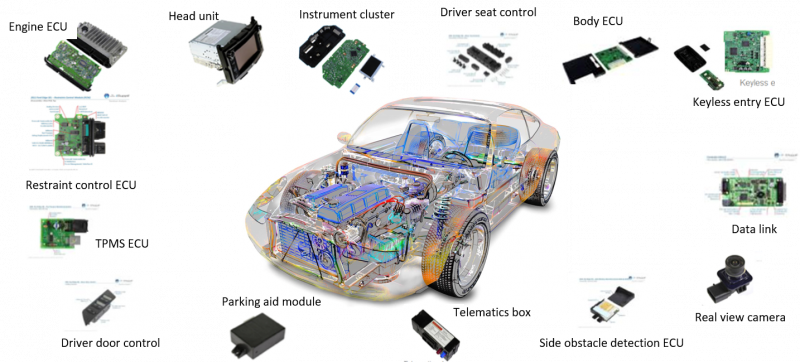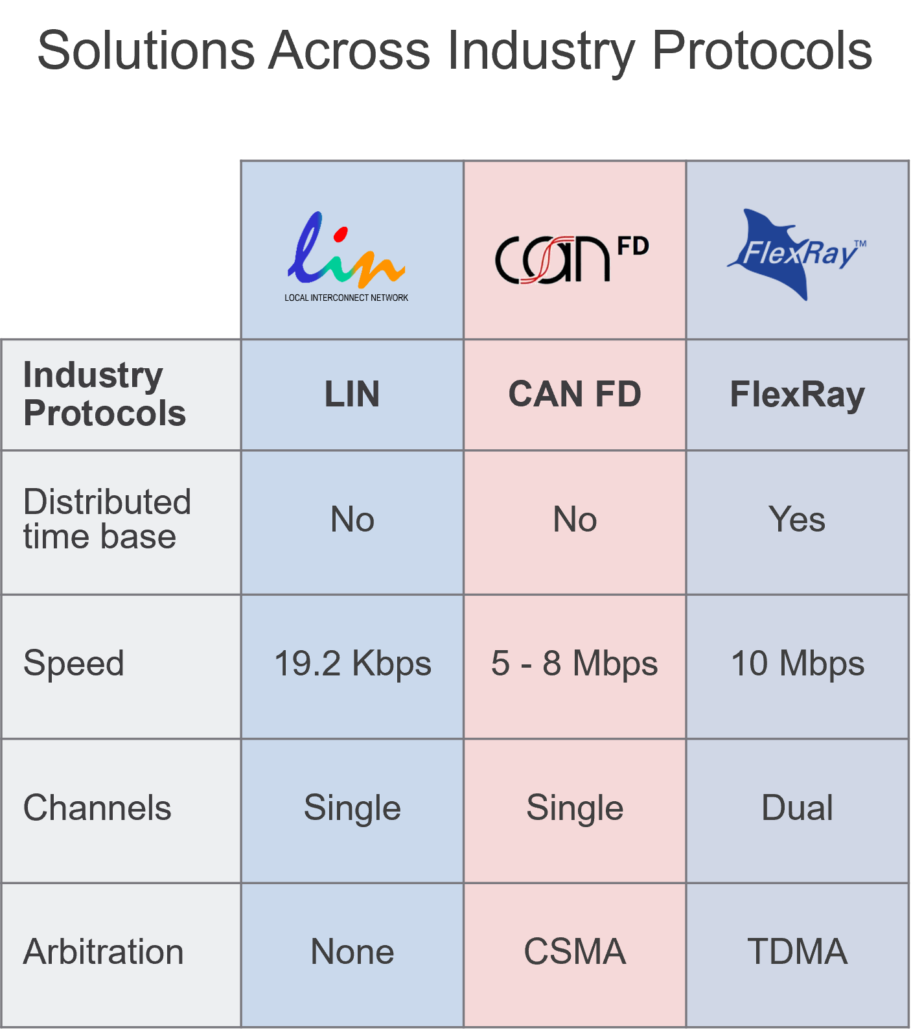Automotive Solutions
Automobiles today are sophisticated platforms filled with modern electronic systems. Whether the goal is the power train in electric and hybrid-electric vehicles, displays or SoCs, Silvaco’s proven solutions enable successful automotive electronic systems design.
For automotive power electronics, new semiconductor devices and circuits are enabled by our TCAD Power Device Solutions.
Digital displays, such as OLED, TFT, LCD, and MicroLEDs. are designed and developed with our TCAD and EDA Display Design Solutions.
Automotive SoCs and Control Systems may be developed using Silvaco’s suite of proven Design IP that has been successfully deployed in volume production.

Example automotive Electronic Control Units (ECUs) (courtesy of IHS Markit)


